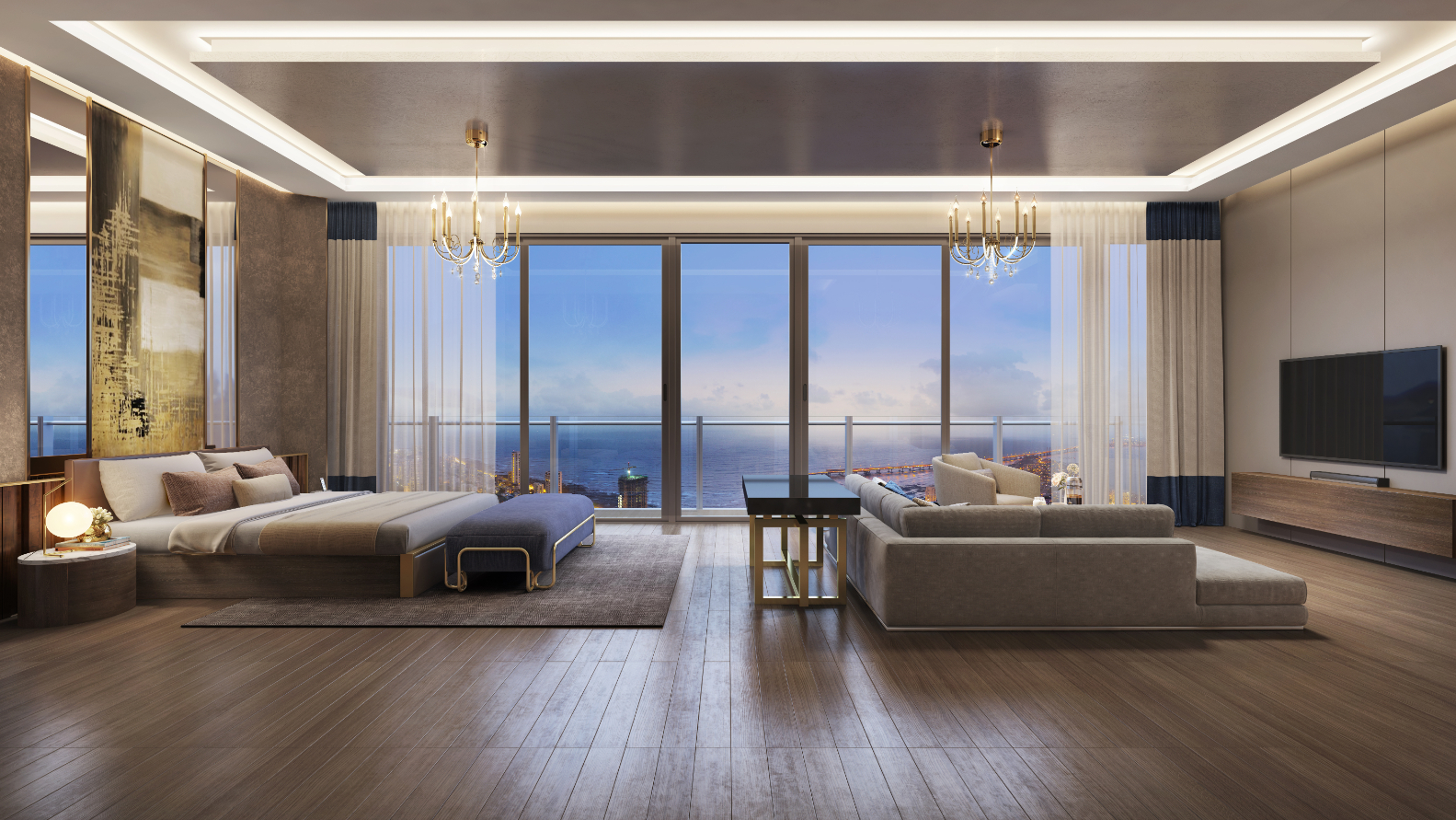The homebuilding process is a dynamic intersection of design and construction, where the two disciplines come together to create spaces that are not only beautiful and functional but also structurally sound. At this intersection, architects and designers work hand in hand with engineers and construction professionals to bring their creative vision to life while ensuring that it can be feasibly constructed.
Design plays a crucial role in homebuilding, influencing both the aesthetics and functionality of a space. Architects and designers consider elements such as layout, materials, form, and spatial organization to craft homes that not only reflect the homeowners’ preferences but also cater to their lifestyles and needs. They focus on creating spaces that are aesthetically pleasing, ergonomic, and conducive to the well-being of the occupants.
In parallel, the construction phase brings the design concepts into reality, translating them from blueprints into physical structures. Construction professionals, including builders, engineers, and tradespeople, work diligently to execute the design plans. They bring their expertise in materials, structural integrity, and building techniques to ensure that the design is not only visually appealing but also safe, durable, and compliant with building codes and regulations.
The synergy between design and construction is crucial in achieving successful homebuilding projects. Effective communication and collaboration between architects, designers, and construction teams are essential to ensure that the design vision is accurately executed. This collaboration often involves resolving challenges that arise during construction, such as material sourcing, structural considerations, and on-site modifications, all while maintaining the integrity of the original design.
Moreover, advancements in technology and building techniques have further integrated design and construction in homebuilding. Virtual design and construction (VDC) tools, Building Information Modeling (BIM), and digital collaboration platforms have facilitated a more seamless exchange of information between design and construction teams. These technologies enable real-time communication, visualization of design intent, clash detection, and efficient coordination, ultimately streamlining the construction process and enhancing the overall quality of the final product.
Conclusion
In conclusion, the synergy between design and construction is fundamental in homebuilding. A harmonious blend of creative vision and technical expertise ensures that homes are not only visually appealing but also functional, structurally sound, and well-suited to the needs of the occupants. As the homebuilding industry continues to evolve, the collaboration between designers and construction professionals will remain instrumental in creating homes that are both aesthetically pleasing and built to stand the test of time.
